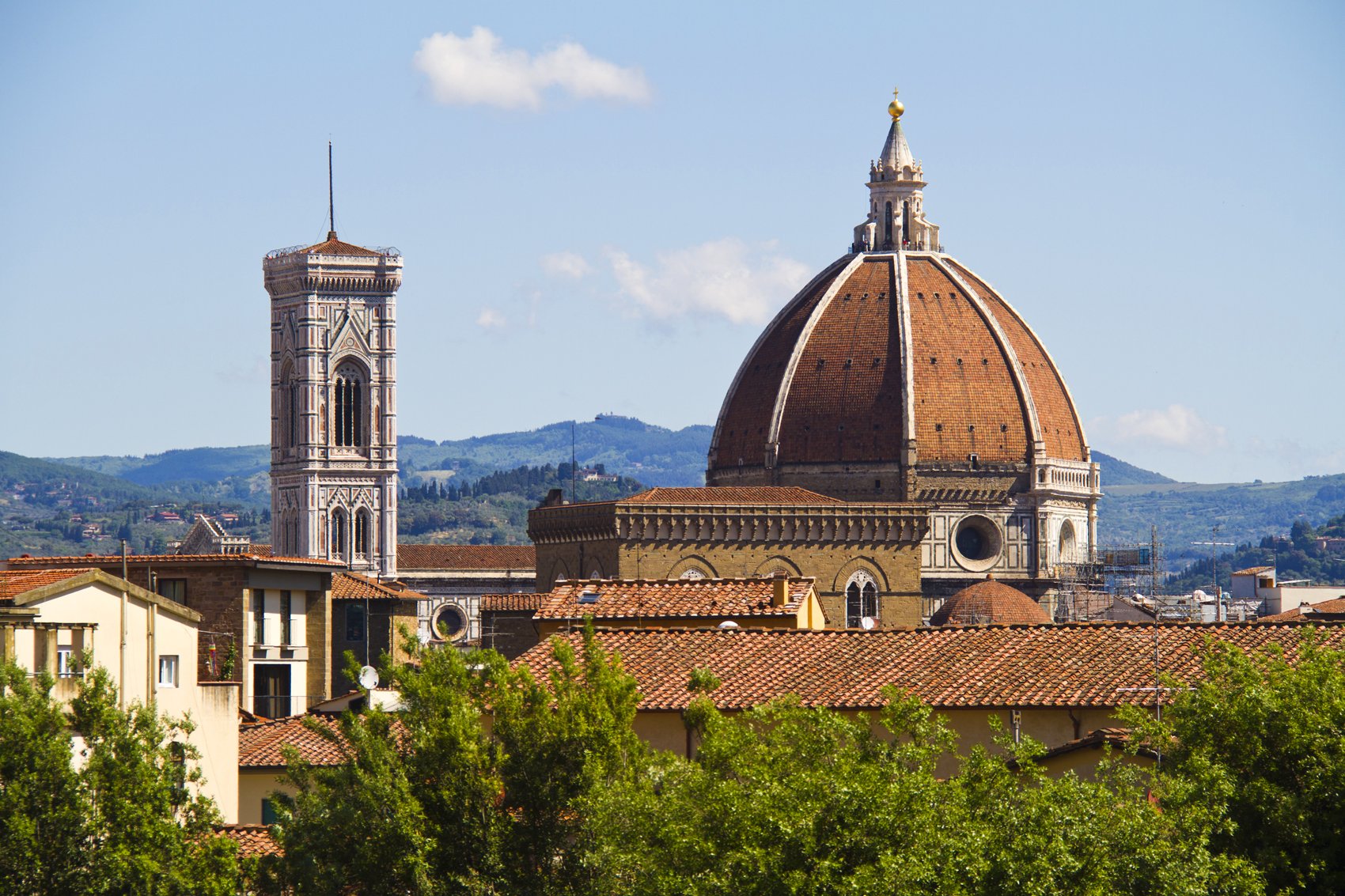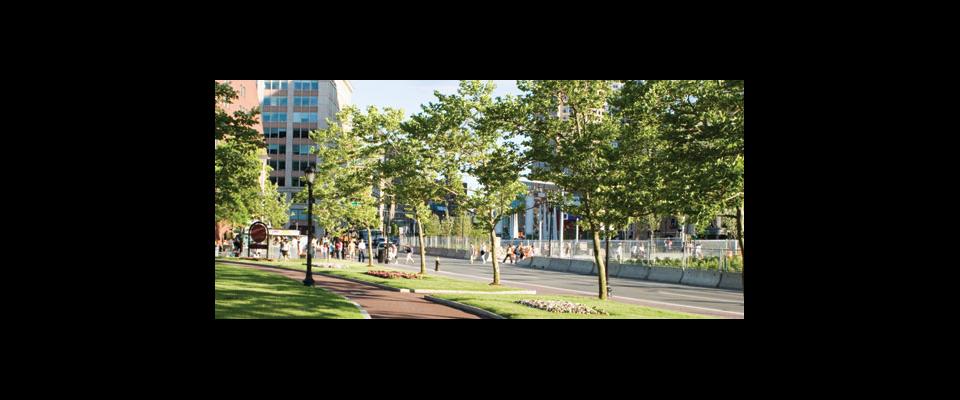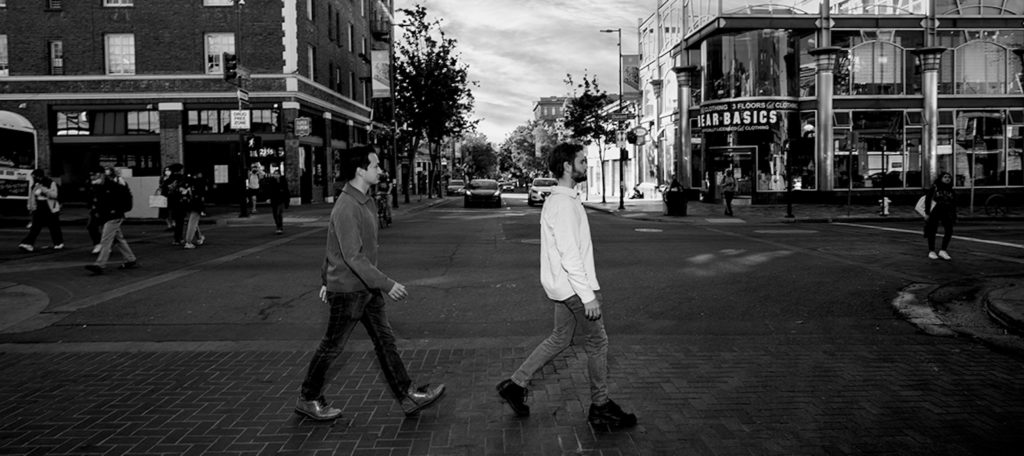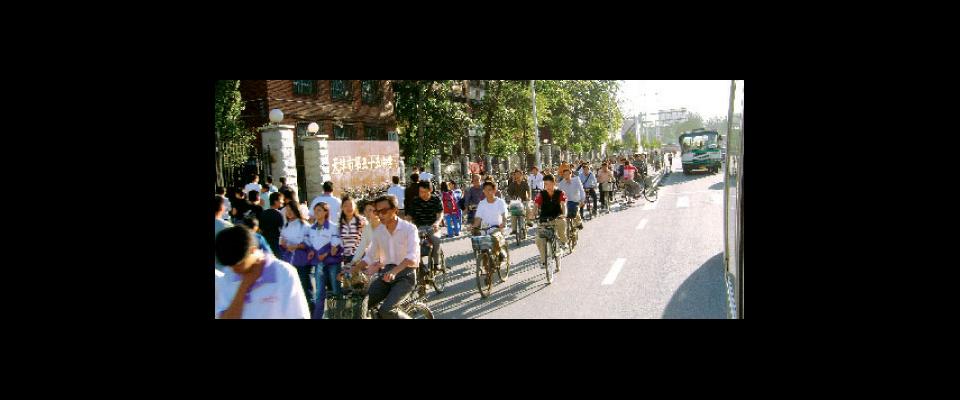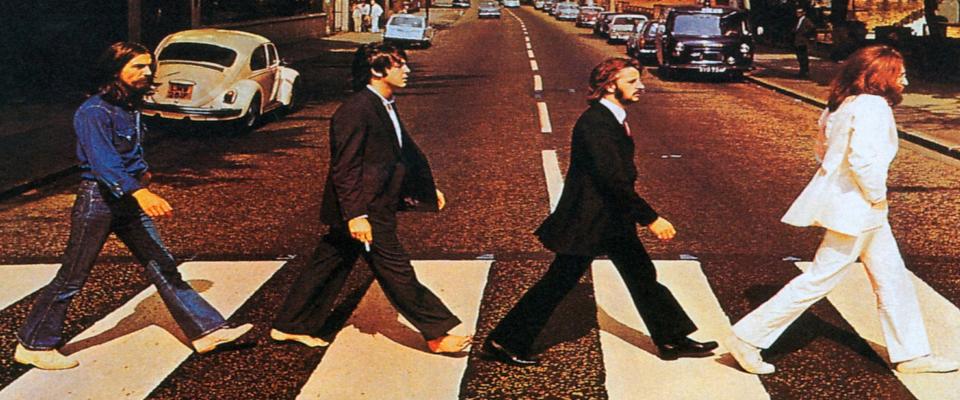The City Streets Project wants to change the way we design urban environments.
Picture yourself strolling down a city street. Fellow pedestrians bustle among shops and offices, while a steady stream of bicyclists flows between you and the distant car traffic. Sunlight dapples the broad sidewalk of the tree-lined blocks ahead, and flowers bloom brilliantly in pavement cutouts and planter boxes.
Chances are, this isn’t familiar at all; few American cities can claim such dreamlike pedestrian corridors—at least not in any meaningful concentration. Rather, a deeply entrenched legacy of car-centric urban planning has cemented sidewalks and bike lanes as second-class citizens of our cities. Three Cal professors are out to change that, making the case that the benefits of pedestrian-oriented cityscapes extend beyond aesthetics to the very heart of the global warming crisis. In an ambitious interdisciplinary effort called the City Streets Project, Berkeley Law’s Steven Weissman and the College of Environmental Design’s Louise Mozingo and Bill Eisenstein have joined forces to bring these people-friendly scenes to everyday life.
At its heart, the City Streets Project aims to combat greenhouse gas emissions through city planning that encourages walking or biking rather than driving—or, as the project puts it, “trip substitutions.” Such behavioral change is a tall order but a worthy one, and to that end the project secured startup funding from the California Energy Commission in April. In addition to helping the state meet its ambitious greenhouse gas reduction targets, urban centers that are less car friendly may also improve public health. A recent study coauthored by two Berkeley researchers showed that cutting greenhouse gas pollutants could save millions of lives around the world. Another revealed a direct link between heart disease and auto exhaust.
“Transportation energy is one of our very biggest sources of greenhouse gas emissions,” said Eisenstein, executive director of the College of Environmental Design’s Center for Resource Efficient Communities (CREC), which contributes its expertise in energy efficiency and urban planning to the City Streets partnership. “It’s the way that Americans most heavily impact the environment.”
As Weissman, Mozingo, and Eisenstein see it, achieving the state’s climate goals will require a wholesale revision of how we design and use city streets. “We want to change the way California is built,” said Mozingo, director of the CREC. “We’re long-term thinkers here.” That’s fortunate, because the initiative faces considerable challenges. For one, city streets and the space beneath them often form inscrutable webs of overlapping jurisdictions—utilities, cities, counties, transportation agencies, to name a few—that are as difficult to map out as they are to work around.
That’s just the beginning: Add in the complex legal codes of city and state building standards and practices, often adversarial to pedestrian and bicycle traffic. One example is the common placement of U-shaped bike racks parallel to the curb rather than perpendicular. Even though the latter makes it easier for two bikes to lock up without becoming entangled, most cities opt for the parallel design because it leaves a smaller footprint on the sidewalk. Worse yet, some street designs that promote biking and walking are outright illegal.
“A lot of times, cities are hesitant to do something that’s outside of industry standards, because if there’s a lawsuit it’ll be harder to defend themselves,” explained Weissman, associate director of Boalt’s Center for Law, Energy, and the Environment. He’s the project’s de facto legal expert, responsible (with help from colleague Michelle Anderson) for decoding those jumbles of jurisdictions and outmoded building codes.
As surprising as it sounds, it’s no accident that we still treat people like cars. Traffic engineers judge streets and sidewalks alike by an industry rating system known as level-of-service, which improves as congestion is reduced. In other words, a higher rating corresponds with lighter use. This makes sense for cars, but for pedestrians it’s counterproductive—most of us prefer to walk where there are other pedestrians. This makes us feel safe and comfortable, and in a sense validates our presence.
The principles of fostering well-used sidewalks are simple enough: Make sidewalks wider (and the streets narrower), separate them from vehicle traffic with physical barriers such as trees, shade them with overhead greenery, and pave them with cooler surfaces. Mozingo said she’d also like to reintroduce the notion of a boulevard, where faster lanes are isolated from slower ones—and from sidewalk traffic—by medians in each direction.
Given its comprehensive vision, the City Streets Project has no self-imposed deadline. The journey from research to planning to implementation will be measured in years, not months, and at this point the finish line remains vague. Yet Weissman offers one possible benchmark: If a single city improves its street and sidewalk infrastructure to reduce greenhouse gas emissions, the project will have succeeded. Once these concepts hit the pavement, the expectation is that they will travel to other cities and begin to supplant our country’s cars-first approach to urban design. Eisenstein particularly hopes to see new approaches applied in inland California, where most of the state’s growth will occur in the coming decades. This future expansion offers an opportunity to build cities right the first time.
In the meantime, Weissman, Mozingo, and Eisenstein are developing a three-year research agenda that could launch in July, pending additional funding from the California Energy Commission. They’re also lining up student researchers in their respective departments, which has been hearteningly easy. “What’s very clear is there are lots of students who are not only interested in this subject matter, but passionate about it,” said Weissman.
A mid-March lunchtime presentation in Boalt Hall proved as much. Around 25 students showed up to listen to Mozingo and College of Environmental Design dean Jennifer Wolch discuss “eco-cities” and the new wave of urban planning, which hinges on the notion that cities are part of nature and not separate from it. “Thinking in academia can make enormous change in the real world,” Mozingo told a rapt audience. “Visualizing the future makes the future.”



